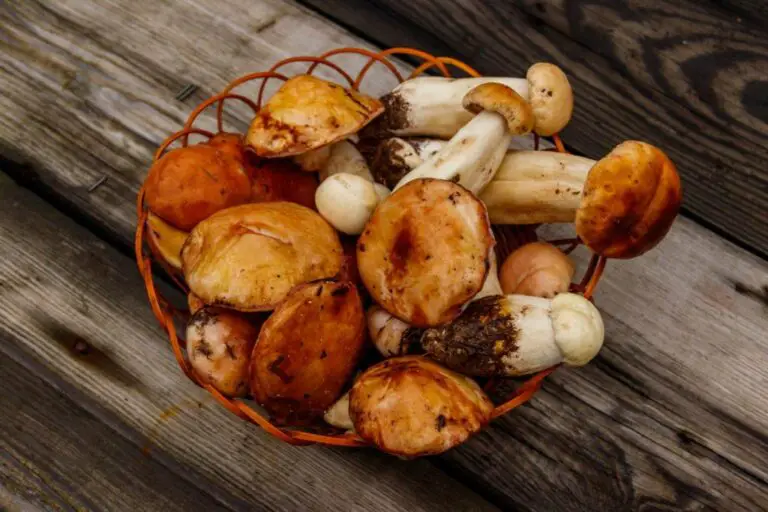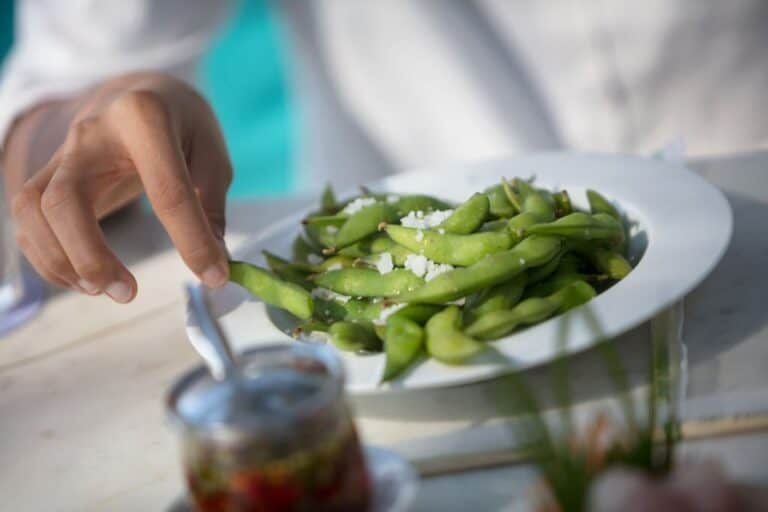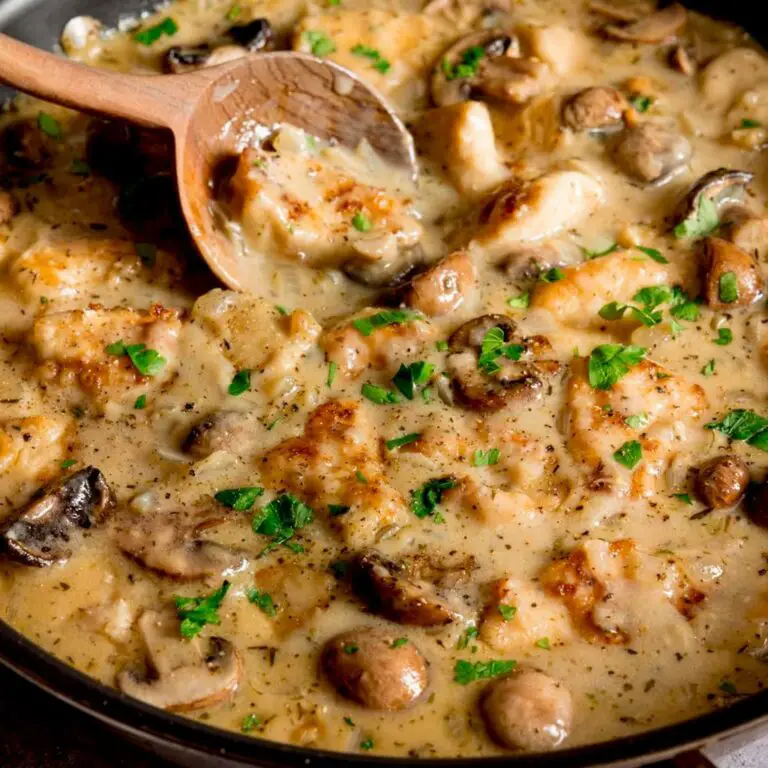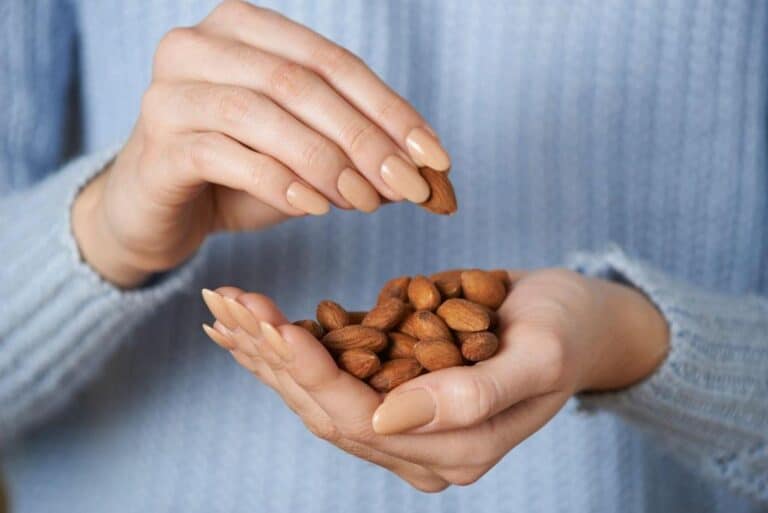What Happens if You Eat Moldy Rice? Is It Still Safe to Eat?
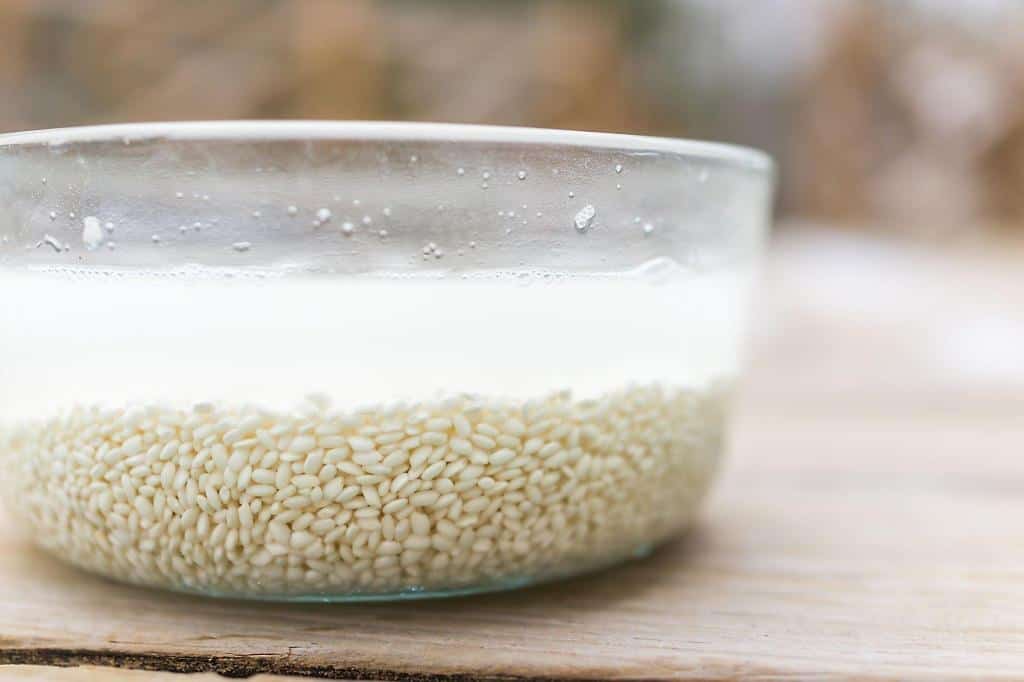
Have you ever gone to make dinner, only to find that your rice has been sitting in the pantry for a little too long? You take a closer look and notice a few spots of mold growing on the grains. What do you do? Is it still safe to eat, or should you throw it away?
Mold is a common problem when it comes to food, and rice is no exception. But when it comes to eating moldy rice, the answer isn’t as straightforward as you might think. While some molds are harmless, others can produce toxins that can be dangerous to your health.
In this article, we’ll take a closer look at what happens if you eat moldy rice, the types of mold that can grow on rice, and how to identify moldy rice. We’ll also provide tips on how to store rice properly to prevent the growth of mold and ensure that your rice stays fresh and safe to eat. So, whether you’re a seasoned cook or just starting out, keep reading to learn everything you need to know about moldy rice and how to avoid it.
What Causes Rice to Mold?
Mold is a type of fungus that grows in warm, damp, and humid conditions. When rice is exposed to such conditions, it becomes a perfect breeding ground for mold. Mold can grow on rice even when it is in its uncooked form, as long as it is exposed to moisture and humidity.
Rice can become moldy for a variety of reasons. Some of the most common causes include:
- Moisture: When rice is stored in a humid environment, it can develop mold spores. This is why it’s essential to store rice in a dry, cool place.
- Improper Storage: Rice that’s stored for too long or in unsanitary conditions can also develop mold. It’s important to store rice in airtight containers and to check it periodically for signs of mold.
- Contamination: Rice can become contaminated with mold spores during the harvesting or processing stage. This is why it’s essential to purchase rice from a reputable source.
What Kind of Mold Grows on Rice?
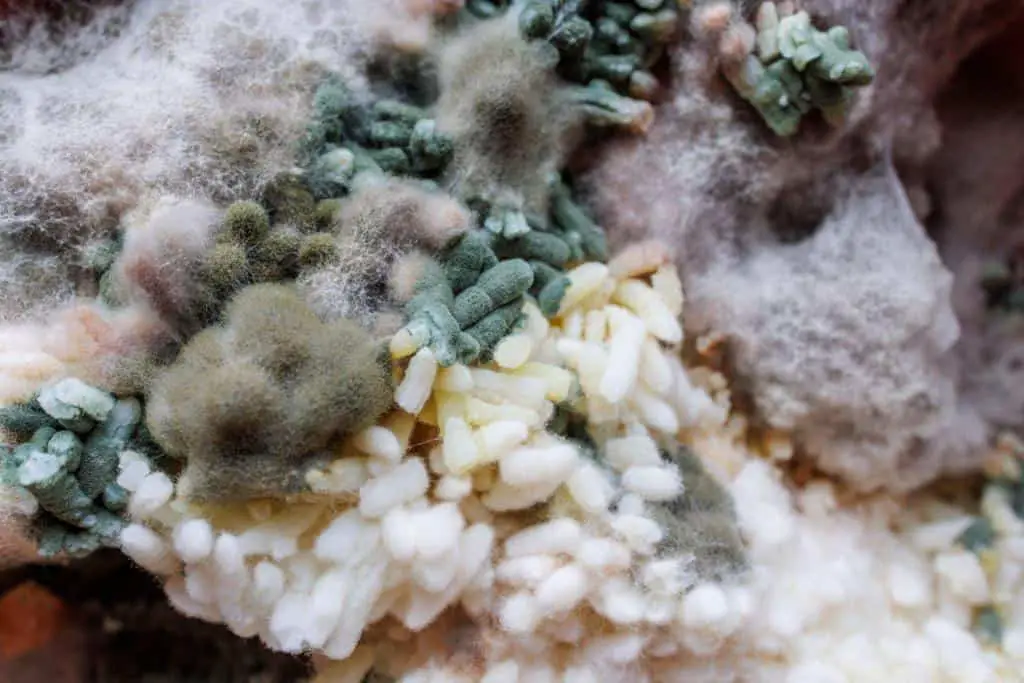
The most common type of mold that grows on rice is called Aspergillus. This mold is prevalent in warm, humid environments and can contaminate rice during cultivation, processing, storage, or transportation.
Aspergillus mold produces a toxin called aflatoxin, which is a potent carcinogen and can cause liver damage. Aflatoxin can be harmful even in small amounts, and long-term exposure to it can lead to serious health problems. This is why it’s crucial to handle and store rice correctly to prevent the growth of Aspergillus mold.
Another type of mold that can grow on rice is Fusarium. Fusarium mold produces toxins called fumonisins, which can also be harmful to human health. Fumonisins can cause various health problems, including cancer, kidney damage, and neural tube defects in newborns.
How to Identify Moldy Rice
Identifying moldy rice is crucial to preventing the consumption of harmful toxins that can have severe consequences for your health. Here are some tips to help you identify moldy rice:
1. A musty or moldy smell
First, use your sense of smell. When you open the container of rice, take a deep breath, and check for any unusual odors. Moldy rice has a distinct musty or moldy smell that’s quite unpleasant.
2. Discoloration
Next, check the color of the rice. Moldy rice can be discolored, and the mold may appear as black or green spots. The discoloration may not always be visible, so be sure to inspect the rice thoroughly.
3. Texture
Texture is another indicator of moldy rice. The mold can cause rice to become sticky or slimy, which is a telltale sign that it’s not safe to eat.
If you’re unsure whether the rice is moldy or not, take a small sample and place it in a plastic bag. Seal the bag and leave it for a day or two. If there’s mold present, it will grow on the rice and become visible.
It’s important to remember that not all molds are visible to the naked eye. Some molds can be microscopic and may not produce a visible sign of contamination. This is why it’s essential to store rice properly and check it periodically for signs of mold.
What Happens If You Eat Moldy Rice?
If you eat moldy rice, the consequences can be quite serious. Depending on the type of mold and the level of contamination, eating moldy rice can lead to a variety of health problems. Mold produces toxins called mycotoxins, which can cause a range of health issues when consumed in large amounts.
If you eat moldy rice, you may experience a range of symptoms, depending on the amount and type of mold present. Some of the most common symptoms include:
- Nausea
- Vomiting
- Abdominal pain
- Diarrhea
- Headaches
- Allergic reactions
- Respiratory problems
In some cases, eating moldy rice can also cause long-term health problems, such as liver damage and cancer.
Is It Still Safe to Eat Moldy Rice if We Cook It Again?
It’s understandable to wonder if cooking moldy rice can make it safe to eat. After all, cooking can kill bacteria and other microorganisms that may be harmful. However, when it comes to mold, cooking is not a reliable solution.
Mold can produce toxins that are heat-resistant, which means that even if you cook the rice, the toxins can still be present in the food. While cooking can kill the mold spores, it cannot destroy the toxins they produce. This means that even if you cook moldy rice, it may still be unsafe to eat.
The best course of action if you find mold on your rice is to discard it immediately. Don’t try to salvage it by cooking it or removing the moldy parts, as this can still leave behind toxins that can be harmful to your health. Instead, invest in good food storage practices to prevent mold growth in the first place.
How to Prevent Rice from Getting Moldy
Preventing rice from getting moldy is relatively easy. Here are some tips to keep your rice fresh and mold-free:
- Store rice in a cool, dry place: Keep rice in an airtight container in a cool, dry place. Avoid storing rice in humid or damp areas, such as the kitchen or the bathroom.
- Cook rice properly: Make sure to cook rice properly, as it can kill any bacteria or mold that may be present. Use a rice cooker or follow the package instructions to ensure that the rice is cooked thoroughly.
- Avoid storing cooked rice for too long: Cooked rice should not be stored for more than a few hours at room temperature. Store leftover rice in the refrigerator or freezer as soon as possible.
- Check rice before cooking: Always check rice for mold or strange smells before cooking. If you see any white mold on the rice or any unusual discoloration, do not eat the rice.
What to Do if You’ve Eaten Moldy Rice
If you’ve eaten moldy rice, it’s essential to monitor your symptoms carefully. If you experience any of the symptoms listed above, seek medical attention immediately.
In most cases, the symptoms of moldy rice will resolve on their own within a few days. However, if you experience severe symptoms or if you have a compromised immune system, you may require medical treatment.
Conclusion
In conclusion, eating moldy rice can be dangerous to your health. The toxins produced by mold can cause a range of health problems, including food poisoning, respiratory problems, and allergic reactions.
To prevent moldy rice, store it in a dry, cool place, check it periodically for signs of mold, and purchase it from a reputable source. If you’ve eaten moldy rice, monitor your symptoms carefully and seek medical attention if necessary.
By following these simple tips, you can ensure that your rice stays fresh and mold-free, and you can avoid the potentially harmful effects of eating moldy rice. Remember, when it comes to your health, it’s always better to be safe than sorry.

